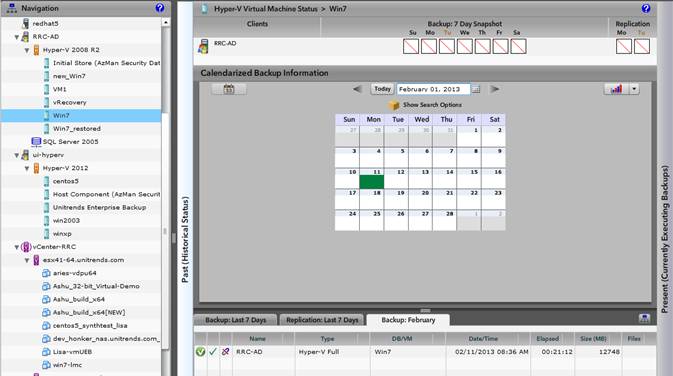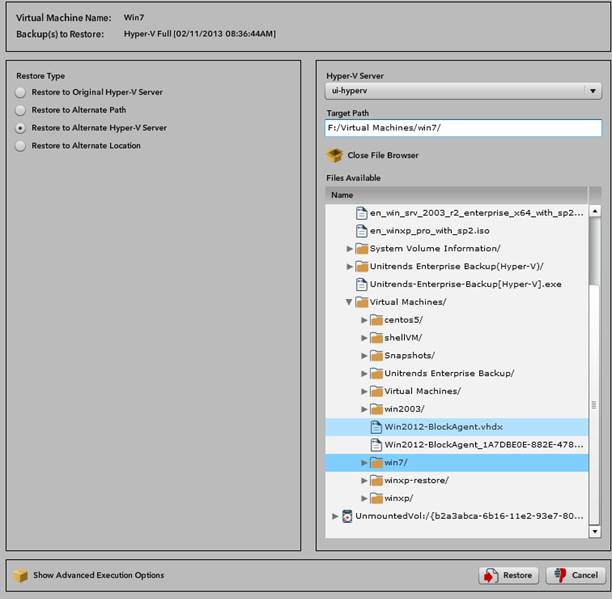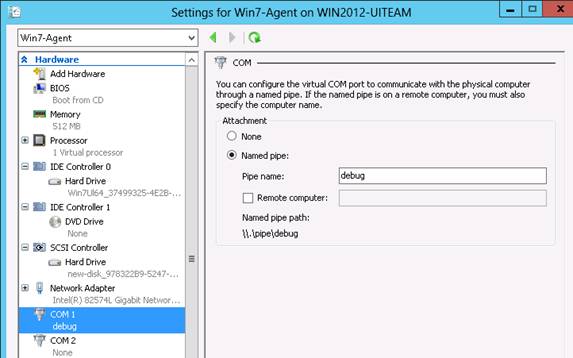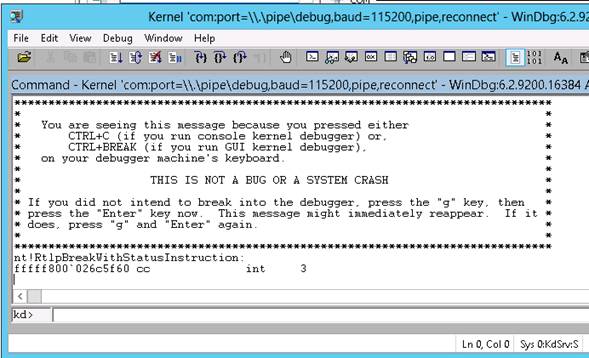Migrating and Developing with Hyper-V VMs
I was recently starting on a new project and needed to have a Hyper-V VM I could use for development, debug, and test. At the same time, our development team was putting the finishing touches on a couple of new features, so I thought I would use them to help me get started more quickly. In the upcoming Release 7.1 of the Unitrends user interface, you can include VMs in your navigational tree. By selecting your VM, you can easily filter backup statuses to find the backup you want, then using the Restore button to restore it to an alternate Hyper-V server. I knew I had backups from a month or so of the VM that I wanted to use, and with the enhanced view, I was able to quickly find that backup, as seen here:

Using the new alternate restore option, I was able to restore this backup of one Hyper-V server and to a specified location on a different Hyper-V server, as seen in this picture:

I was able to get the VM restored and running quickly on the target server, ui-hyperv, which happens to be a Windows 2012 server configured with a Hyper-V role.
As part of my new project, I would like to access the VM (which runs Windows 7) at the kernel level. In the past, with physical systems, this has required the use of a serial cable, but with Hyper-V, I was able to dig around and find that I could use a virtual connection, described at this link.
As you see in the Settings for my VM, you can configure COM1 to communicate with the host through a named pipe, in my example, called “debug”:

Now, from the host, I configure the debugger to connect to the named pipe, and break into the kernel of the running VM:

With this setup, I am able to debug, set breakpoints, and do whatever I need to the kernel running in this VM.

